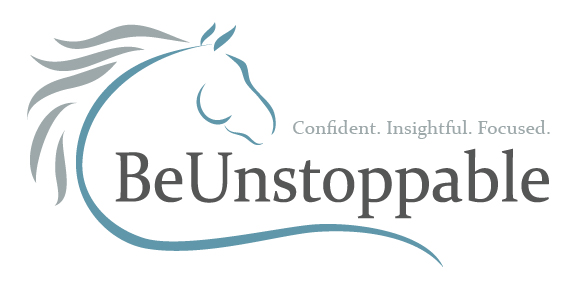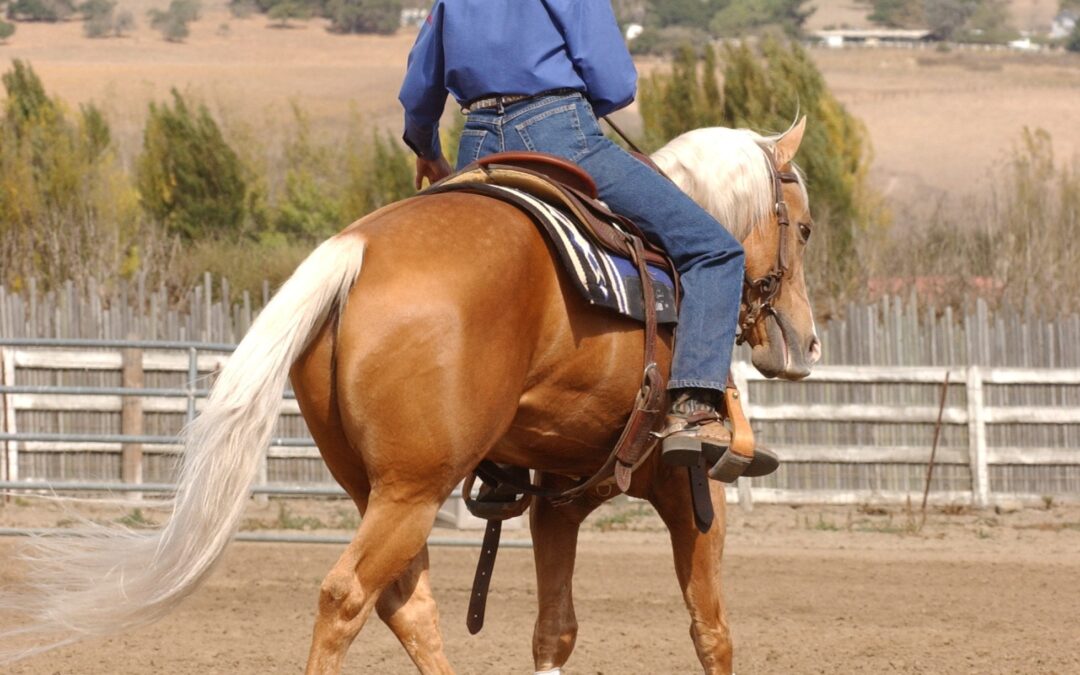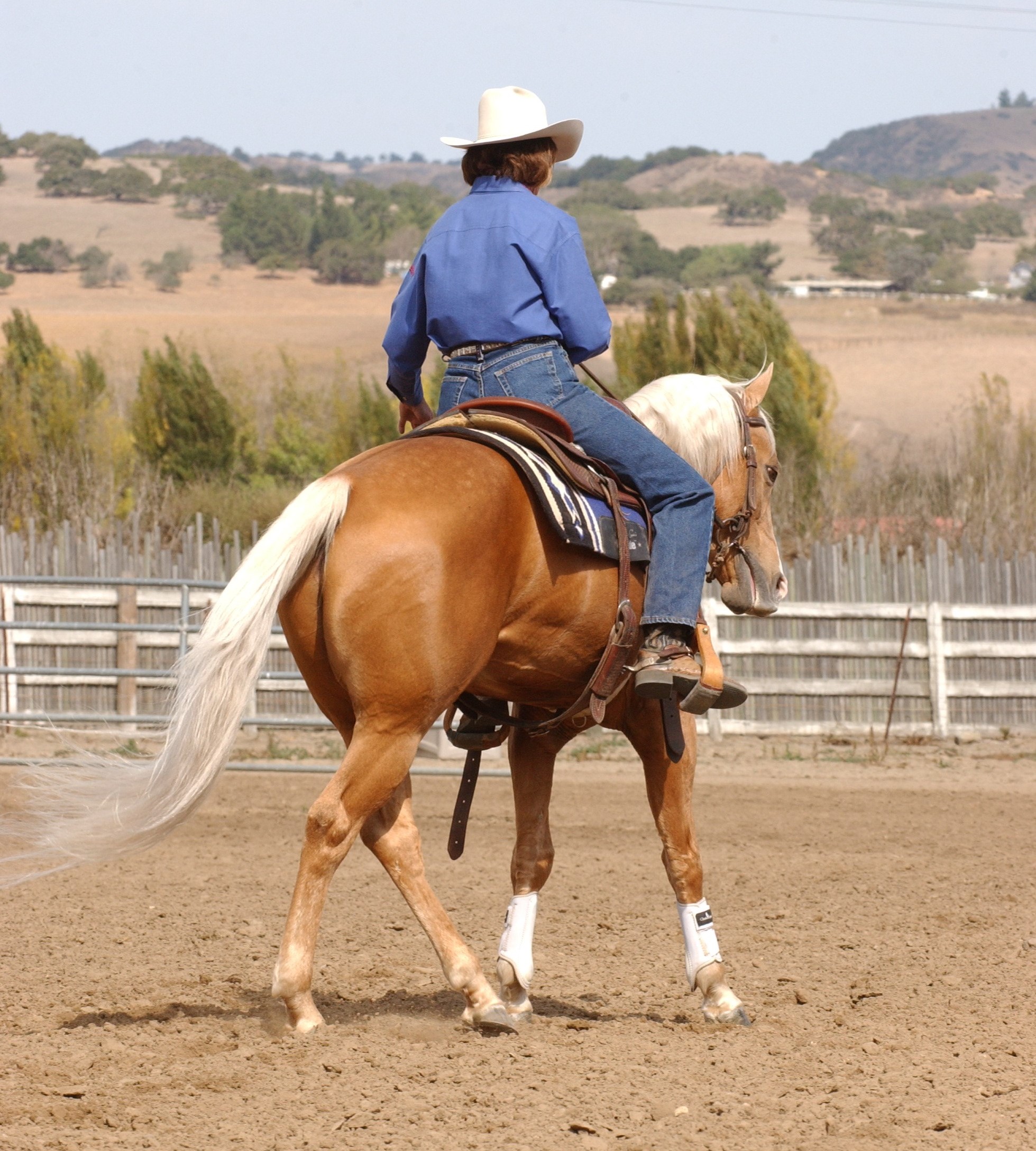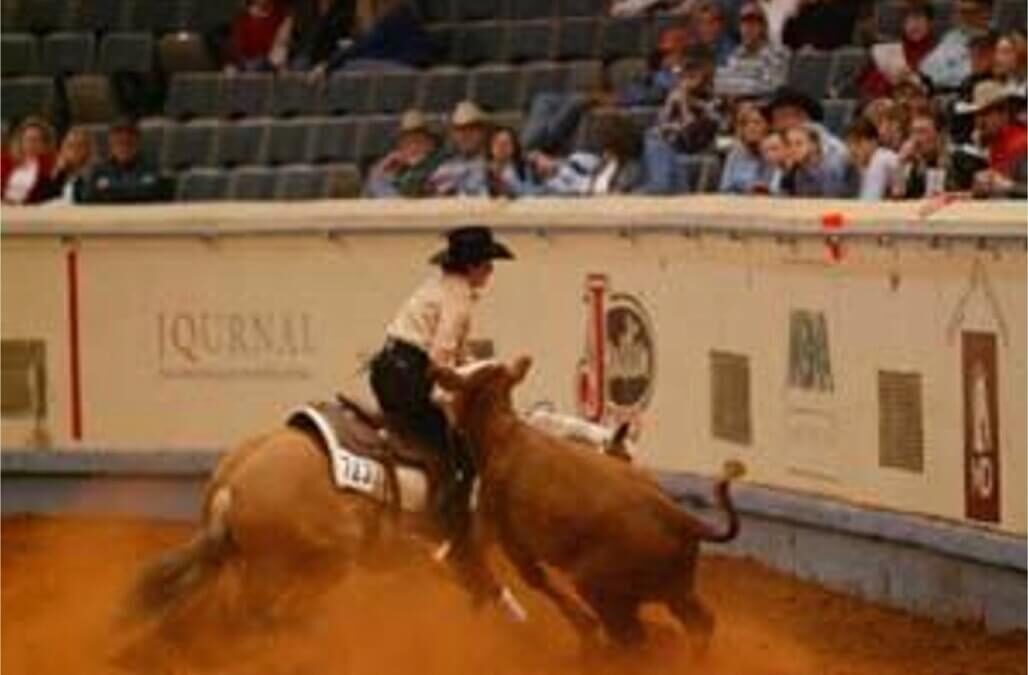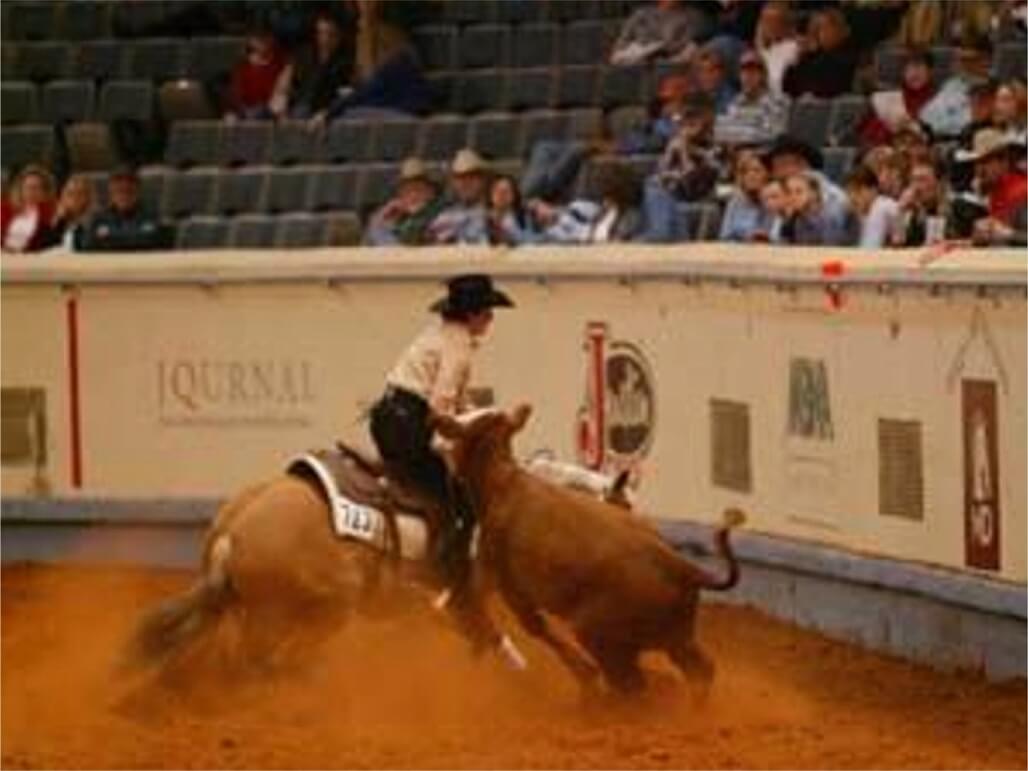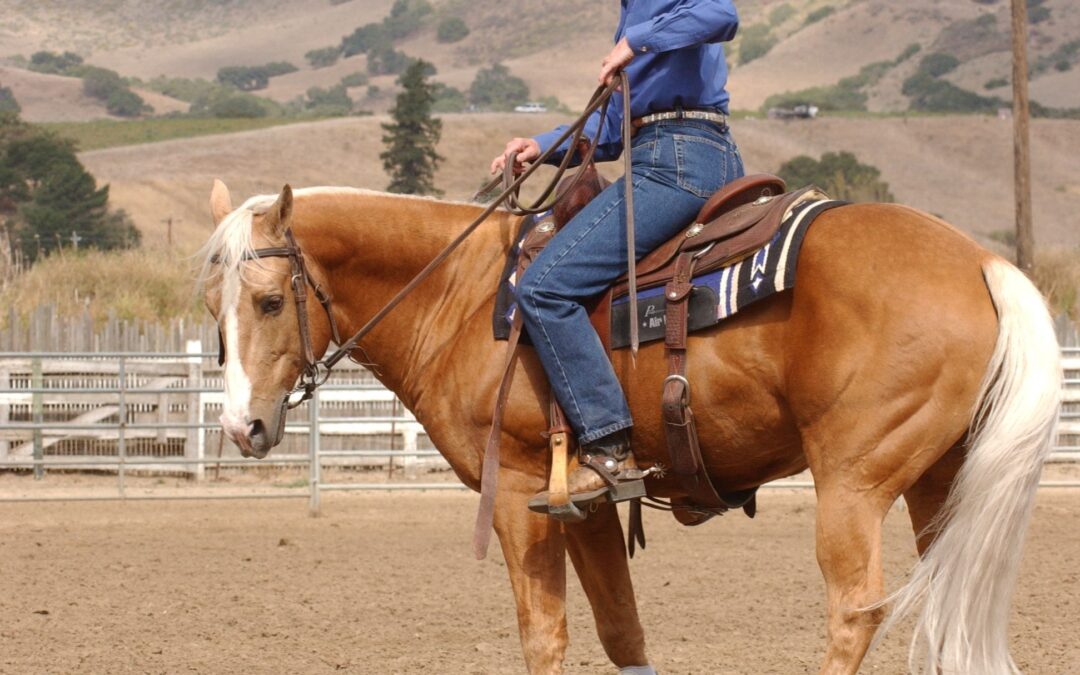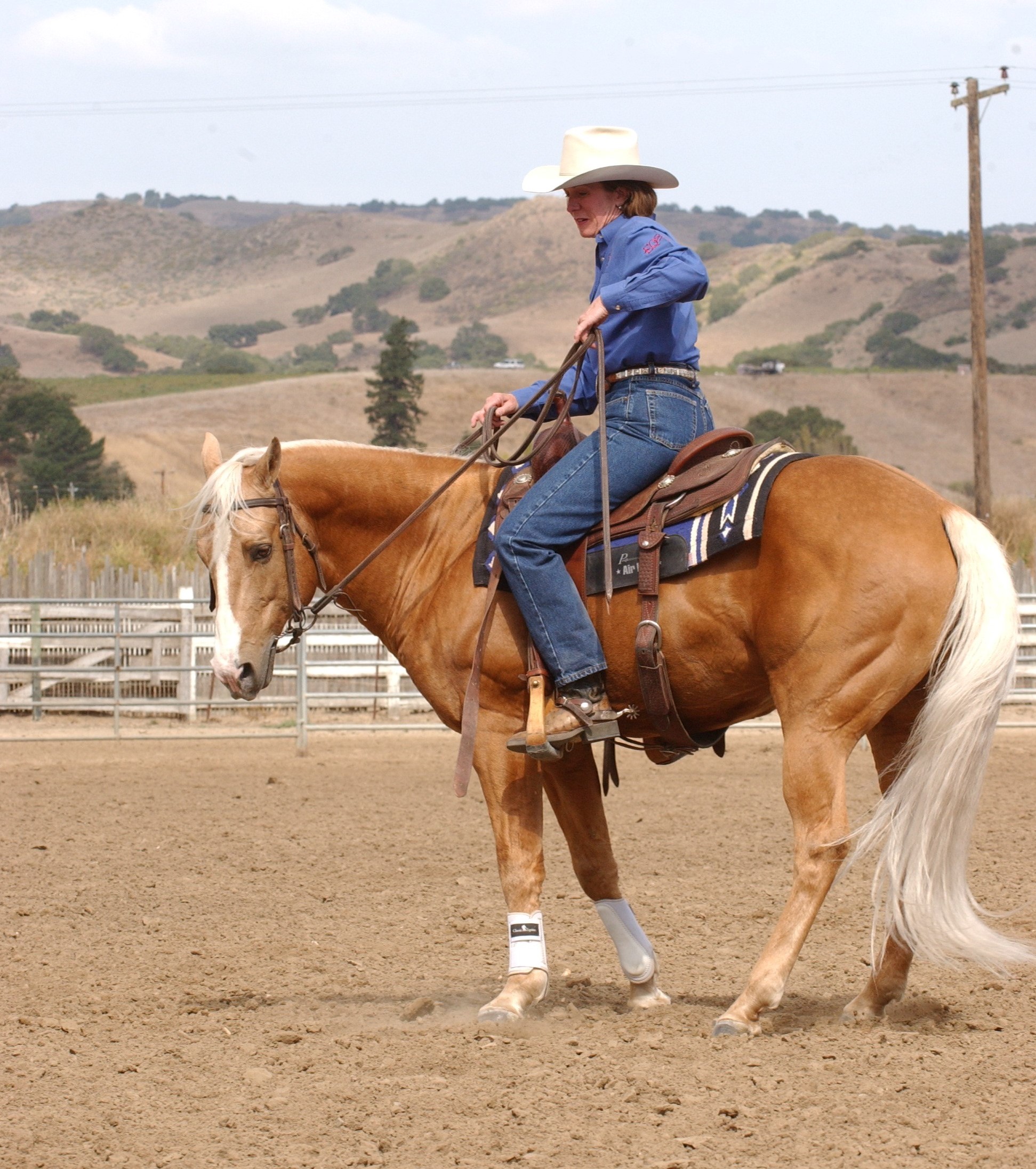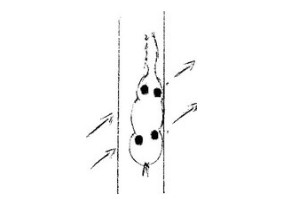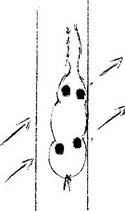
How Horses See
I thought it would be an interesting detour to explore how horses see, and how that relates to our understanding them when it comes to training.
Horses evolved in open grasslands. They’re designed to be awake and grazing day and night. They have excellent low light vision, unlike humans who need to see well in the daytime.
Did you ever wonder why your horse’s pupil looks bluish-grey? That’s the tapetum lucidum which reflects light back through the photoreceptor layer of the eye so that the horse has high sensitivity to light.
Remember, horses graze at night and need to see predators and be able to move quickly over uneven ground to escape.
We humans don’t have that so our night vision is poor, but our eyes adjust more quickly from bright to dark. Horses adjust more slowly, but when they do, they see better than we do.

This is what we see walking into a barn during the day.

This is what your horse sees walking into that same barn.

In twenty minutes, this is what your horse sees – it’s brighter and in more detail than you can ever perceive. Which is why you won’t notice a sudden movement at the far end of the barn, but your horse will.

Which brings us to loading in a trailer. This is what we see.

This is the “black hole” that they see.

By opening up the 2 windows, it becomes much less forbidding.

Many thanks to Terri Golson and her article “In Light and Dark”. I’ll share some more in my next article!
